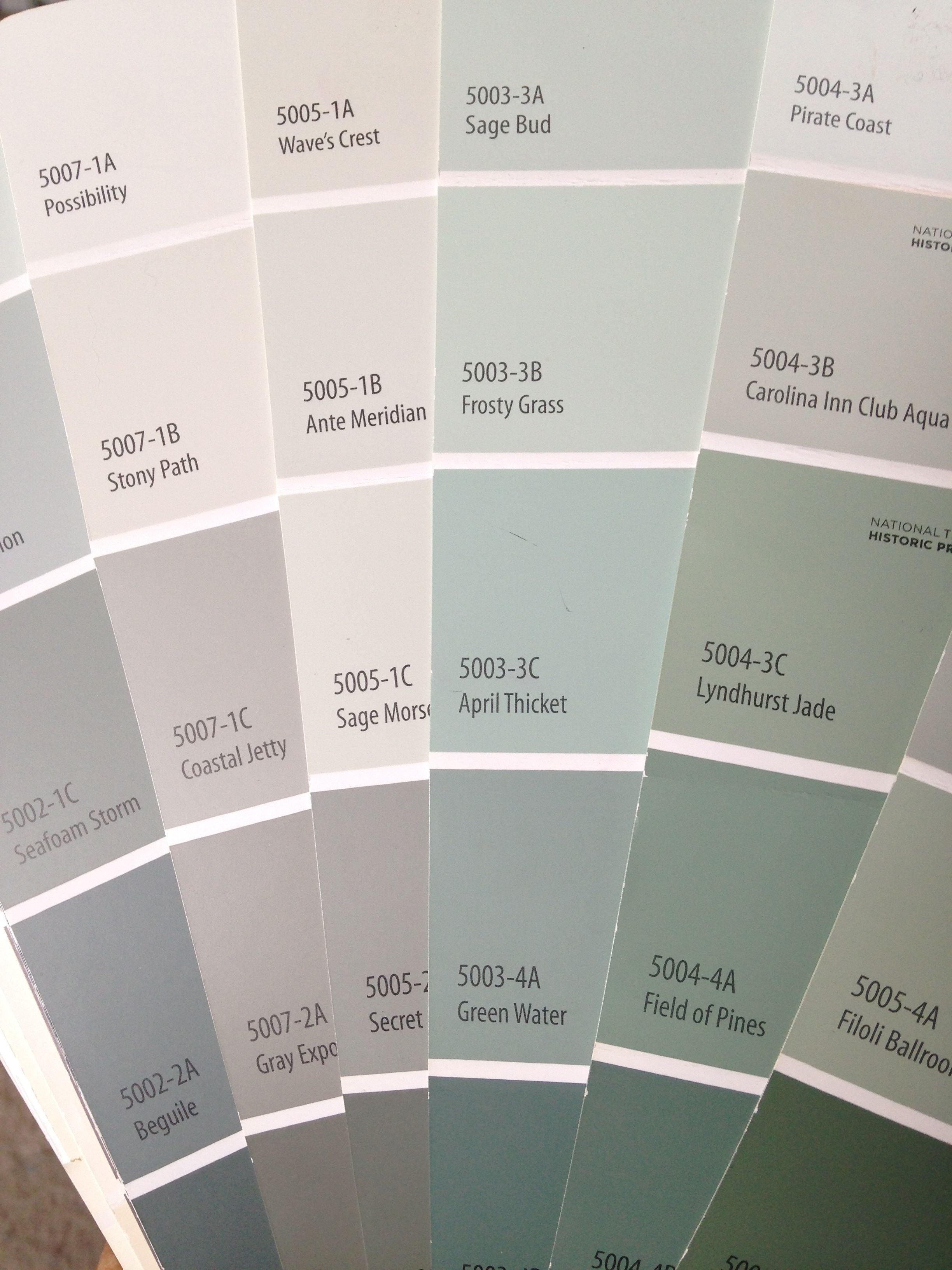best valspar paint colors for bedrooms

faux or decorative finishes, not only change the appearance of your room with color; they also addtexture and pattern, for a unique look. behr offers twopopular faux finishes: venetian plaster and faux glaze. fauxfinishes are not applied in the same way as traditional paint. so, let's take a look at some of theapplication techniques. behr venetian plaster produces anattractive and elegant three-dimensional finish that enhances both the light and darktones at the same color.
to begin your project, you'll want to cleanand prepare your walls and protect your furniture. for a complete explanation of how toprepare your room for painting; see the behr how-to paint interiorsvideo. the application items shown here, are unique to a venetian plaster project.you'll need a flexible, four inch steel trowel, 100 grit and 400to 600 grit sandpaper, a deep well paint tray, behr venetianplaster and optional venetian plaster topcoat.venetian plaster should be applied only over prime surfaces or surfacespreviously painted with an eggshell
or lower sheen paint. begin your project by rounding the corners a flexible steel trowel using 100 grit sandpaper, to reduce edgemarks during application. load behr venetian plaster on to thesteel trowel and start at the top corner of your wall. holding a steel trowel at a 15 to 30- degree angle, spread a thin layer of venetian plasteronto the surface, using long and short random strokes. theoriginal wall surface should peek through in certain areas. wipe offsteel trowel
often, to avoid dry bits of venetianplaster affecting your pattern. continue this process until the wall iscompletely covered. allow the first coat a venetian plasterto dry for four hours before applying a second coat. returning to the project starting area,in the top corner; apply a thin second coat a venetianplaster over the previous application. hold the steel trowel at a thirty tosixty-degree angle and use long and short overlapping,strokes to achieve an irregular look of the final finish. fill in voids andrecessed areas, while covering the
original wall surface completely. smooth away any edge marks or highspots with the trowel. continue this process until the entiresurface is covered.